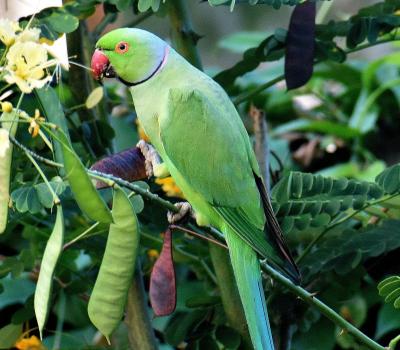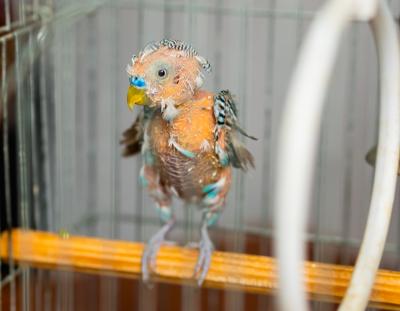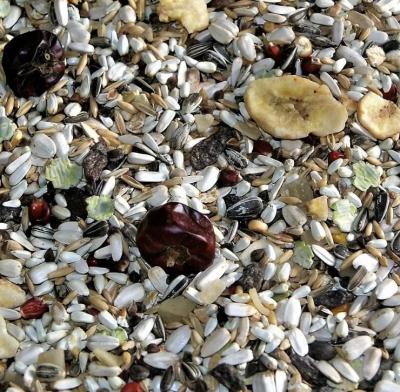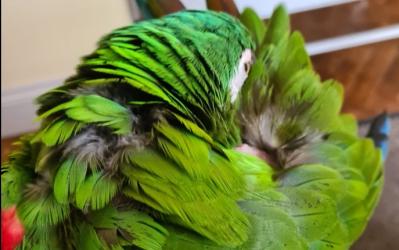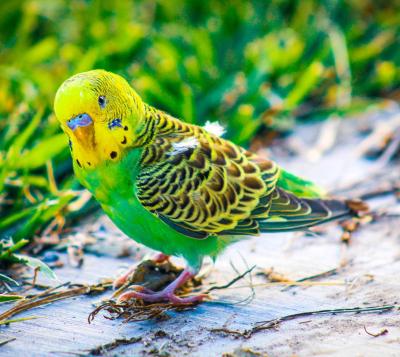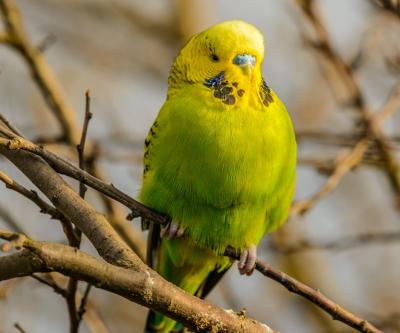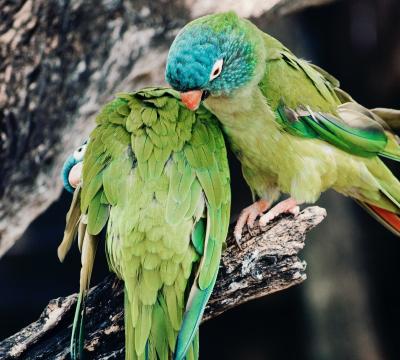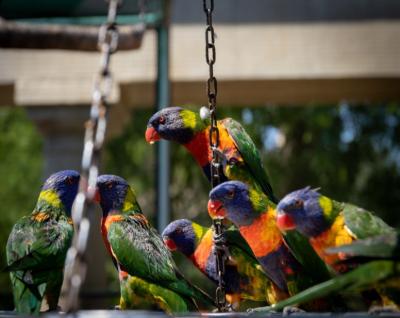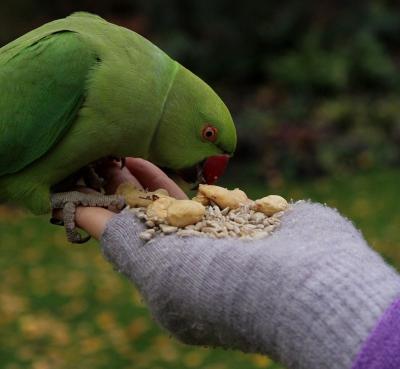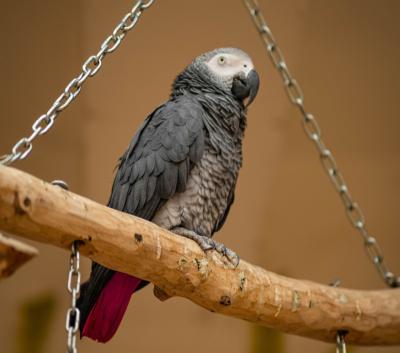JavaScript seems to be disabled in your browser. For the best experience on our site, be sure to turn on Javascript in your browser.
Blog
Why your Ring-Necked Parrot is Feather-Plucking
Your bird's feathers are one of the first things people notice about your bird. However, there’s far more to these creatures than beauty and grandeur. The state of their feathers would tell you a lot about the health and well-being of your bird.
Even though some feathers do fall out in the natural course of molting, your bird will continually pull them out and maybe send you a signal that something is wrong.
Lovebird Molting: Symptoms and Care
When molting starts occurring in your bird, the first notable change in your lovebird will be the distinct new feather "roots" that appear on its face and head. These roots will feel coarse under your touch and their back may appear wrinkled, and you will also notice their base feathers. When old feathers are lost, some portion of their back will look whitish. Feathers will also get lost on both sides of the outer wings.
HOW AND WHAT TO FEED YOUR BIRDS
HOW AND WHAT TO FEED YOUR BIRDS Feeding your parrot, a proper diet is essential to him leading a long and happy life. In fact, a parrot who eats a healthy, balanced diet is also more active and tends to have a better plumage than a parrot whose diet may be lacking in some areas. You probably already know that your parrot loves seeds, but bird seeds are only one component of a good parrot diet. Having a good understanding of what types of foods your parrot should eat will help you make good decisions to keep him in good health.
Moulting Birds And How To Help Them
Moulting Parrots and why Moulting is a parrot’s natural shedding process; it takes about 2 months for them to lose their old feathers and grow new ones. Typically, parrots undergo this process once or twice a year though in the Uk climate with central heating and other variables this can occur more frequently. During this time, parrots will develop pin-like growths, known as pin feathers, from the follicles in their skin. This is often uncomfortable and itchy for your parrot, so it’s important that you make your pet as comfortable as possible. Arcadia bird lighting helps with the generating of new feathers and Mango Bird sprays will help hold the moisture in your birds feathers.
How to breed your budgerigars
Breeding your budgerigar could be a very delicate and time-consuming process. It is an experience worth remembering. You cannot forget the sight of your budgerigar chicks hatching out of their little eggs and moving around in the box. It is a beauty to behold.
To breed a budgie, you have to devote some of your time as this process requires you to be very attentive and observe all the details associated with it. Decide carefully whether you want to breed your wonderful budgerigar
A quick guide to caring for a pet albino budgie
In budgies, albinism manifests as you would expect of this condition.
When your bird is an albino, its entire plumage is white; it may also have pink legs and a pink cere (noseband that contains the nostrils), and its eyes would appear markedly red. This variety is a result of the Ino gene, which removes melanin—the substance responsible for dark colors.
Apart from albino birds, another group of birds affected by the Ino gene is referred to as the lutino. A lutino is a green series variety masked by Ino. Naturally, it should have been a green bird; however, as a result of the gene, the bird has a rich, buttercup-yellow body instead. The legs and cere of the bird are also pink, and the bird has striking red eyes.
Feeding and exercising Pionus Parrots
Pionus parrots are small or medium-sized birds. With roots from Central and South America, these birds have stocky bodies, short tails, large eyes that have a bare eye-ring, and a triangular patch of red coloring around the vent.
How to get your pet to be more extroverted
Teaching your parrot to be more extrovertive is relatively easy, but what can you do if your reluctant parrot refuses to do so or displays avoidance behaviors, threatening behaviors, and possibly resorts to aggression? How do you deal with this?
A well-trained bird will be willing to step up and be easier to live with and manage. At one point or the other, you would need for your bird to step readily to hand and ideally, you should be able to get your parrot to do this with relative ease and without a battle of will.
Reading this article will help you obtain all the basic information you can use to foster a peaceful relationship with your companion parrot so that it starts listening to you and doing as it's instructed instead of acting like a disobedient, defiant child.
Meanwhile, you could purchase our Bird Toys, Bird Accessories and Travel cages and harnesses to help the process of helping extrovert your parrot.
How to Prepare to Adopt a Bird and Bring Your New Pet Home
Are you deliberating on adopting a pet bird? There are many factors you may need to consider aside from deciding which type of bird to get
The first few questions you might need to ask yourself and answer are;
Are you ready to commit to this?
Where will your bird live?
Who would look after your bird?
Would the cost of raising the bird be affordable?
Would you get one bird or a pair?
Macaw Vs African Grey
If you are thinking about buying a macaw or African Grey parrot and can't decide which to get, this article attempts to answer all of your questions.


